Swiss mountaineer Ueli Steck dies in Everest attempt
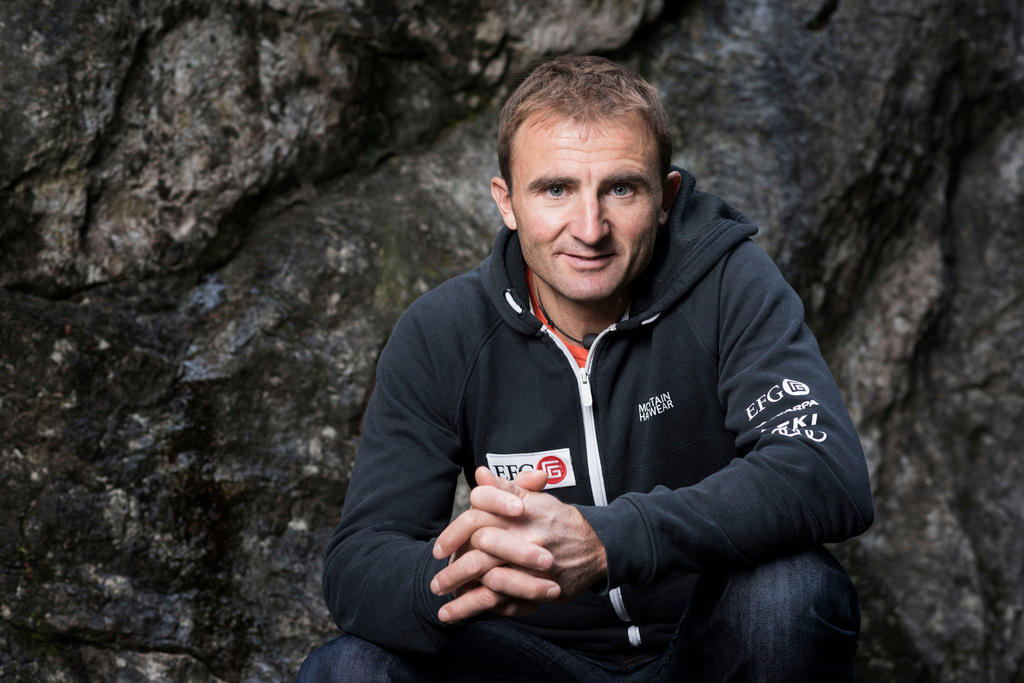
Record-breaking Swiss mountaineer Ueli Steck has died during his preparations to scale Mount Everest. He was 40 years old.
When he died on Sunday, Steck was doing some routine acclimatisation training in the run-up to his pursuit of a new Everest climbing record.
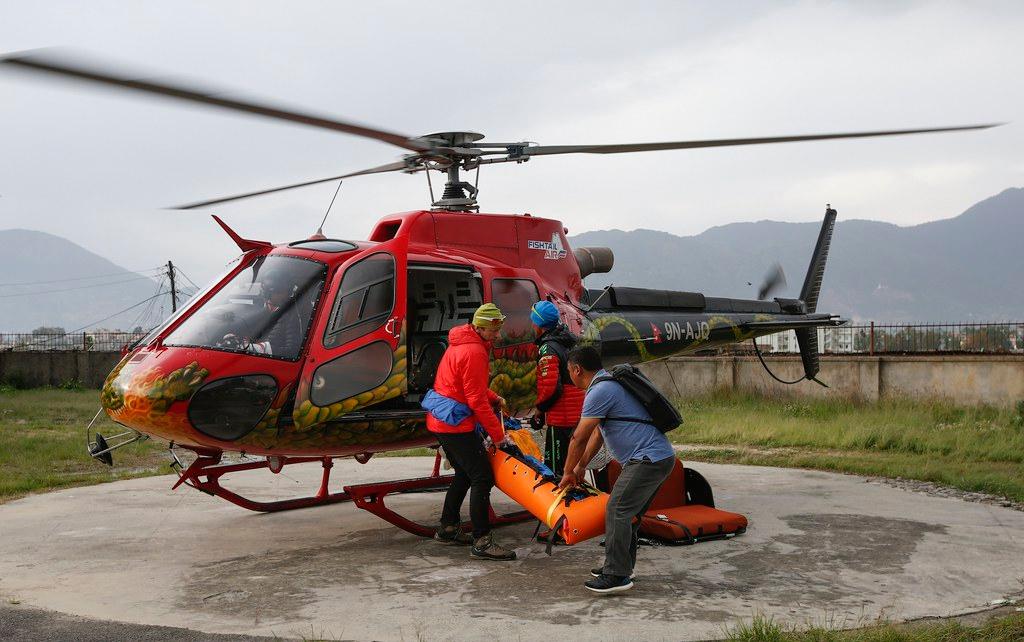
More
Ueli Steck called himself ‘a coward’
“He said he was in extremely good shape and well prepared. He was never aggressive in taking risks; he was completely the opposite,” Steck’s spokesman, Andreas Bantel, told swissinfo.ch.
As Mingma Sherpa of Seven Summits TreksExternal link told the Swiss News Agency, Steck, who was climbing alone, slipped and fell 1,000 metres between Everest’s Camps 1 and 2. He said that he and his team were “very sad about the loss of an excellent mountaineer and very nice person”.
The Himalayan TimesExternal link reported that a group of six rescuers found “the scattered parts of his body” on Mount Nuptse, a smaller peak next to Everest – which, at 8,848 metres above sea level, is the highest mountain in the world.
Bantel has asked that the media not speculate about the exact circumstances out of respect for Steck and his family. Steck leaves behind his parents, his brother, and his wife, Nicole.
“He will probably be buried in Nepal. He was always a friend of the people there – the guides, specialists and Sherpas, and he loved being in their company,” Bantel said, noting that Steck’s family understood that and would travel there for his funeral.
“It was his passion to do this and he was quite aware of the risk,” Bantel told swissinfo.ch.
Latest, and last, expedition
Earlier this month, Steck announced that he was training for a new record: to climb Everest, then descending via the South Col and re-ascend via the Lhotse – all without supplemental oxygen.

More
Swiss mountaineer in quest for new Everest record
In the days prior to his death, Steck had regularly been posting photos of the expedition on his Facebook pageExternal link. In his final post, Steck expressed his love for the area.
Between March and May each year, hundreds of people attempt to scale Everest in the Himalaya. But unlike Steck, most of them use Sherpa guides and porters, as well as extra oxygen and fixed ropes. More than 600 people summited Everest in 2016. About 250 people have died attempting to climb Everest; this year, Steck was the first.
‘I will die sooner rather than later’
As Steck told swissinfo.ch a few years ago, he knew the risks involved in mountaineering.
“I have to be very careful since people expect a lot from me. If I don’t take myself out of this game I will die sooner rather than later. I have never climbed Everest without oxygen and it is a big challenge, even via the normal route,” Steck said in 2012.
Asked whether he felt he was risking his life, Steck answered: “I never risk my life. I’m a control freak. When I did the solo speed ascent of the Eiger North Face, I was probably safer than those parties roped together – I know that I am not going to fall. It is like walking down the stairs. You never think about falling when you just put one foot in front of the other. However, you have to be honest with yourself – you can only do this for a certain period of your life.”
Born in 1976 in Langnau, in the Bernese Emmental. Became known as the “Swiss Machine” thanks to a 2010 film about him of the same name.
In 2001, completed first solo ascent of the Eiger north face in 10 hours. Within two years, beat the record of four hours and 30 minutes.
Steck climbed all the major peaks in Switzerland as well as many across North America and the Himalayas.
In February 2008, Steck set a new solo climbing record on the Eiger North Face by summiting in 2 hours, 47 minutes.
On May 18, 2012 Ueli Steck summited Mount Everest for the first time, without supplementary oxygen.
In April 2013, a fight between Steck’s group of climbers and a group of Sherpas at Everest base camp threatened to become violent. Steck left the Himalayas and spent that summer climbing in the Alps.
On October 9, 2013, Steck set a speed record (28 hours) in his solo climb of the south face of Annapurna I on October 9, 2013.
In 2015, Steck scaled 82 peaks in 62 days. That was also the year that he reclaimed his solo speed record on Mount Eiger.

In compliance with the JTI standards
More: SWI swissinfo.ch certified by the Journalism Trust Initiative









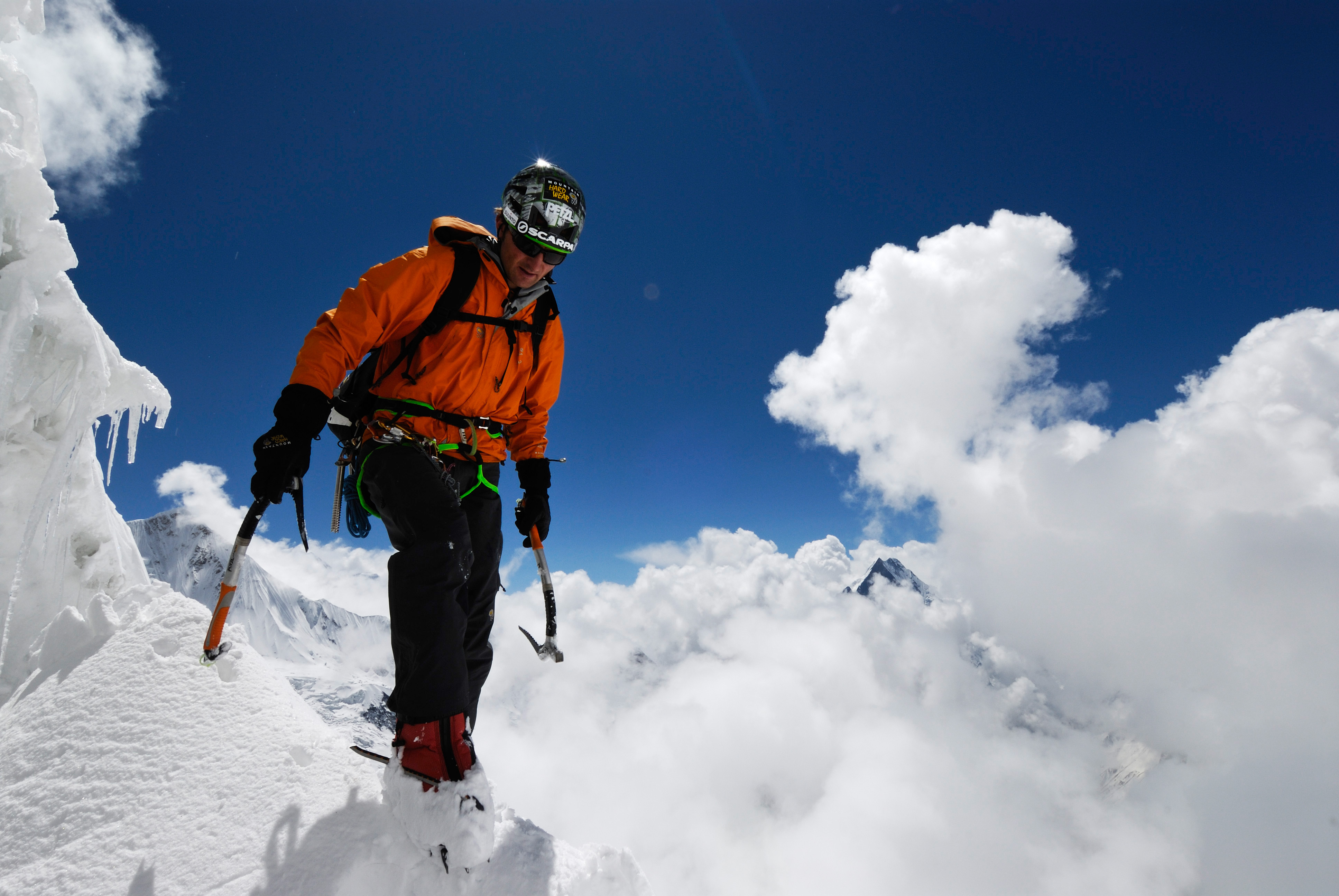



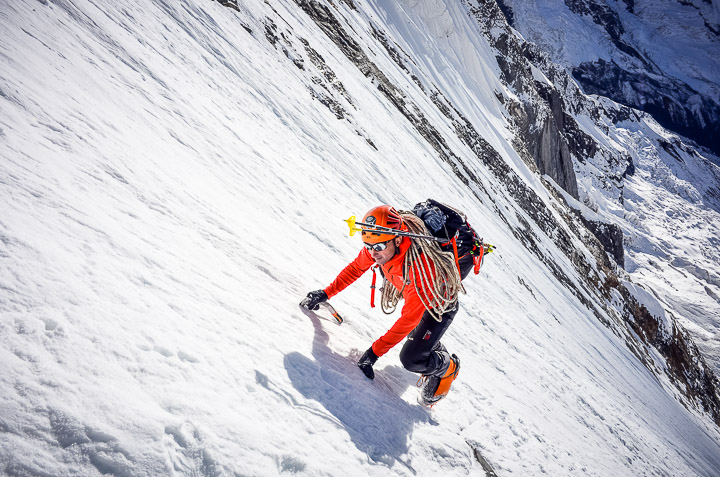
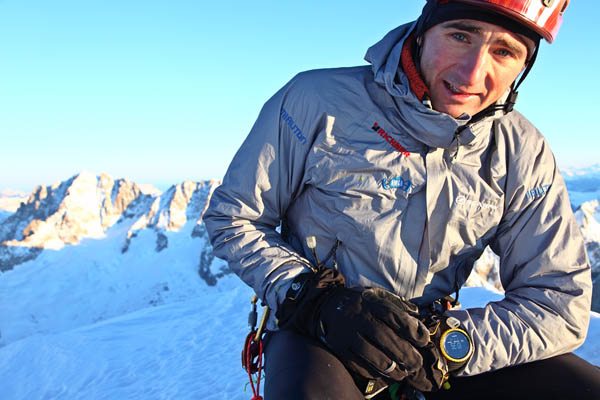
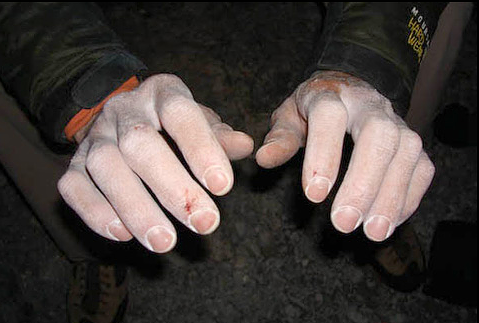
You can find an overview of ongoing debates with our journalists here . Please join us!
If you want to start a conversation about a topic raised in this article or want to report factual errors, email us at english@swissinfo.ch.